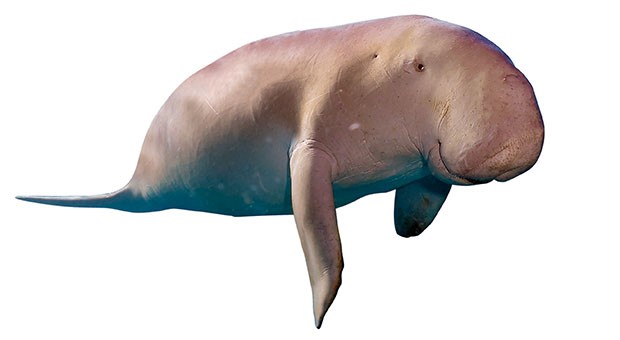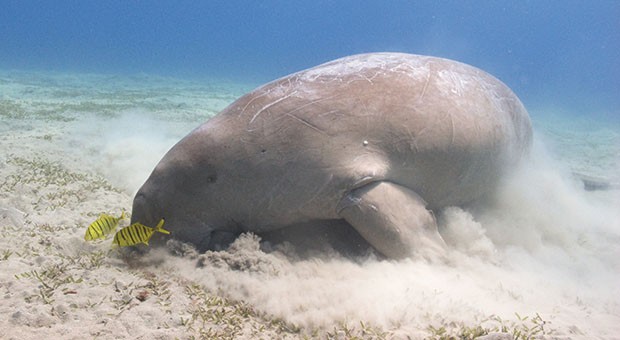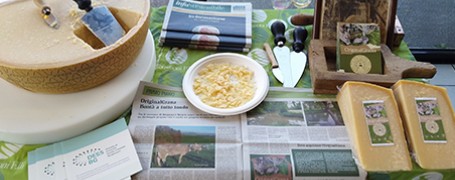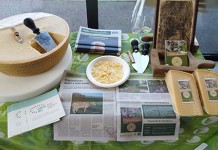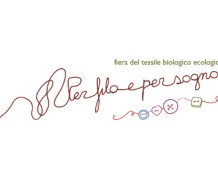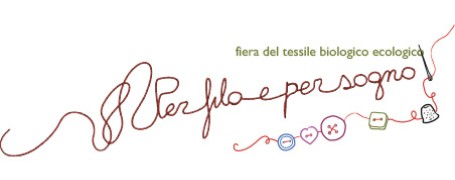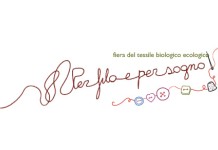Pigro e goloso, il dugongo è una specie marina antica almeno seimila anni. Ma oggi rischia di scomparire
Per via della sua mole importante e la sua struttura tozza e compatta, il dugongo si è guadagnato il soprannome di “mucca di mare”.
Di colore grigio-biancastro, questo animale può superare infatti i tre metri di lunghezza e pesare tra i quattrocento e i cinquecento chili.
Parente prossimo del lamantino, da cui si distingue per la coda biforcuta, il dugongo ha una pinna caudale orizzontale divisa in due lobi simile a quella dei cetacei e due grosse pinne anteriori appiattite a forma di spatola, che servono non solo come mezzo di propulsione, ma anche per girare.
La pelle fa da accumulatore di materia grassa, una risorsa che torna utile come protezione termica per affrontare le basse temperature. Incredibilmente resistente, le ferite - anche se molto profonde - sono in grado di rimarginarsi anche in un solo giorno.
Pigro e goloso
Pur svolgendo la gran parte della sua vita in mare, come i cetacei, il dugongo ha bisogno periodicamente di salire a galla per prendere aria. Estremamente pigri, questi animali spesso poltriscono per ore galleggiando anche in gruppi composti da tre o quattro individui.
Caratteristiche del dugongo sono le grosse labbra, dovute alla particolare dieta a base solo di piante marine; solito a brucare nelle acque più basse, dove i predatori non si avventurano quasi mai, le labbra muscolose sono utili per strappare le foglie dal fondale, mentre le pinne anteriori vengono usate come mani per reggere il cibo.
Le “mucche di mare” passano la maggior parte del loro tempo a mangiare: in un solo giorno possono arrivare a ingerire persino trenta chili di piante!
Generalmente pacifici e sociali, durante il periodo dell’accoppiamento i maschi diventano spesso aggressivi, lottando fra loro per la stessa femmina; altre volte, invece, un gran numero di maschi si reca in un’unica zona e la femmina sceglie liberamente il proprio partner.
Un animale leggendario... A rischio
La prima testimonianza dell’esistenza del dugongo risale a seimila anni fa e pare che da allora non abbia subito nessuna considerevole evoluzione. Nel corso della storia diverse sono le leggende venutesi a creare attorno al dugongo, soprattutto nel sud-est asiatico: alcune culture lo consideravano portatore di sfortuna, altre – al contrario – erano convinte che fosse di buon auspicio.
Secondo le credenze orientali, le lacrime della “mucca di mare” sarebbero addirittura una magica pozione d’amore; nelle Isole Filippine, invece, era diffusa l’usanza di costruire degli amuleti in osso di dugongo per allontanare la cattiva sorte.
Per secoli oggetto di caccia, oggi il dugongo rischia l’estinzione: diffuso solamente nell’Oceano Indiano, lungo la costa settentrionale dell’Australia e sulle sponde egiziane del Mar Rosso, una volta abitava in maniera massiccia anche le acque al largo del Kenya, del Madagascar e delle isole giapponesi, dove ormai rimangono solo pochissimi esemplari. Quest'estate, inoltre, c'è stato anche un grave lutto per i biologi (e non solo): nel mese di agosto è morta Mariam, la baby dugongo diventata virale sui social per via delle foto in cui abbracciava i propri soccorritori nella riserva del Parco Marino della provincia di Trang, in Thailandia.
Ritrovata con tagli e abrasioni sul corpo sulla spiaggia di Krabi, Mariam è morta a causa di un’infezione, pesantemente aggravata dai rifiuti di plastica trovati nel suo stomaco.
Laura Spataro
Traduzione in lingua inglese a opera di ViceVersa Group
Its large size and sturdy, robust structure earned the dugong the nickname "sea cow". Greyish white in colour, it can grow up to three metres in length and weigh four to five hundred kilos. A close relative of the manatee, from which it differs in its forked tail, the dugong has a horizontal caudal fin divided into two lobes which resembles that of the great whales and two large flattened, spatula shape frontal fins which serve as both means of propulsion and for turning. Its skin accumulates fatty material, a resource which protects it from low temperatures. It is incredibly robust and wounds - even very deep ones - can heal up in a single day.
Lazy and a big eater
Although they spend much of their lives in the sea, like whales, dugongs periodically need to surface to breathe. They are extremely lazy and frequently loaf around for hours, floating, sometimes in groups of three or four.
A characteristic is their large lips, a result of their diets based on marine plants alone. They usually graze in low waters where predators rarely venture, and their muscular lips serve to help them tear leaves off the sea bed while their frontal fins are used as hands with which to hold food.
These ‘sea cows’ pass most of their time eating and can eat as much as thirty kilos of plants in a single day! Generally peaceful and social, during the mating period males frequently become aggressive, fighting amongst themselves for a single female: at other times, however, a large number of males go to a single area and the female decides for herself who is to be her mate.
A legendary animal... At risk
The first testimony to the existence of the dugong dates to six thousand years ago and it would seem that it has not evolved much since.
Over history several legends have developed around the dugong, above all in the south-east of Asia.
Certain cultures consider them bearers of misfortune whilst others are convinced that they bring good luck. According to Oriental beliefs, the tears of the ‘sea cow’ are even considered a magic love potion whilst in the Philippines it was once common practice to make amulets from dugong bones to keep bad luck away.
Hunted for centuries, dugongs are now risking extinction. Found in the Indian Ocean only, along the northern coast of Australia and the Egyptian shores of the Red Sea, they were once to be found in large numbers off the coast of Kenya, Madagascar and the Japanese islands where very few now remain.
This summer a serious bereavement occurred in the biology world (and not only that): in August Mariam, the baby dugong who went viral on social media after photos showed her hugging her rescuers in the Trang marine park in Thailand, died. Found with cuts and abrasions on her body on the beach in Krabi, Mariam died of an infection, severely aggravated by the plastic litter found in her stomach.



